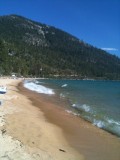My Favorite Astronomy Photos
Saturn Rings

Heavenly Pictures
Tonight, I stepped out with my old Televue 2.4" telescope and viewed a sight that Earth observers don't get to see very often: Saturn's rings tipped all the way towards us, so that the main gap in them is just visible.
As a daughter of a rocket scientist and granddaughter of a planetarium director, I've always enjoyed the space program and astronomy without having to know all the nitty-gritty details of engineering and math.
I'd like to share with you some of the beautiful photographs that have enchanted me over the years since I was a child, following the space program in the way that some children follow movie stars and favorite athletes. (Even if I did complain to Dad at about age 6 that it was totally unfair I'd been born "after the space age," lamenting the fact that the Apollo program had just ended. Skylab wasn't getting media attention then any more than the International Space Station is now.)
I picked these photos mostly for their stunning beauty, but many are also connected to amazing discoveries that remind us just how miraculous, vast and strange the heavens are. There are no angels or harps that we can see, but miracles and wonders abound.
Note: Click photos to view large-sized images.
Saturn From Behind, Eclipsing the Sun (This really IS a photo!)
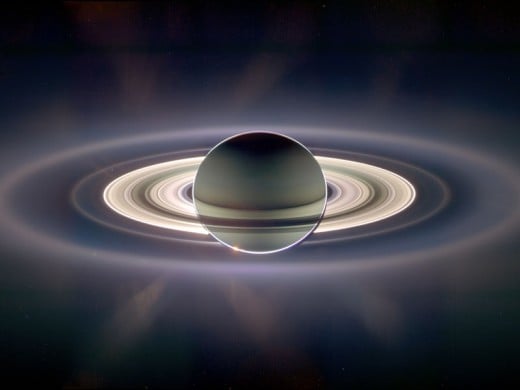
Spiral Galaxy M74, A Beautiful Vortex of Billions of Stars
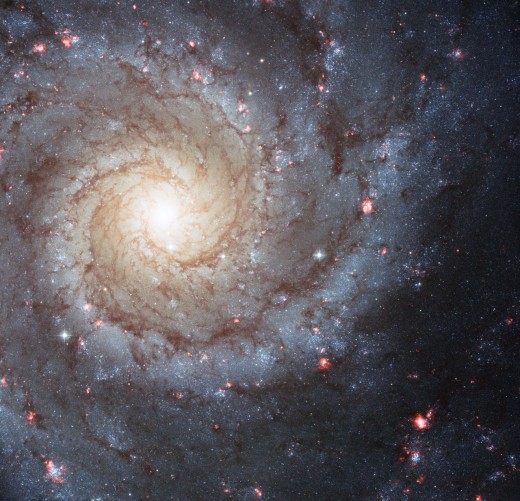
Shoemaker-Levy 9 Hits Jupiter
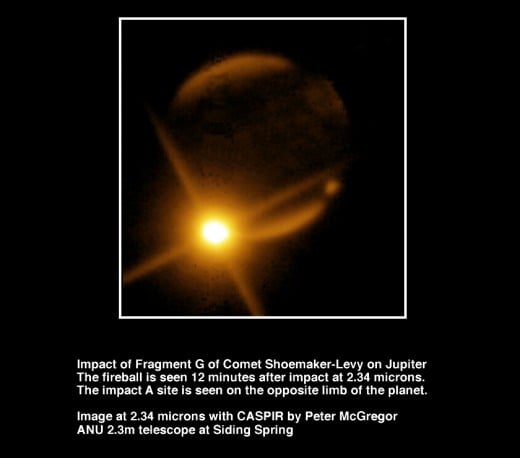
The Great Comet of 1994
In July 1994, the web was in its infancy. NCSA Mosaic was the first real web browser, and could display text, images, links and lists. That's it.
The baby web was about to get a workout. Just as the web was coalescing like a virtual solar system on Earth, astronomers Eugene Shoemaker and David Levy discovered a new comet in the heavens. And not just any comet. This one looked like "pearls on a string." A close encounter with Jupiter's powerful gravity on a previous pass had broken it into pieces which were still following the same orbit, gradually spreading out in a line. A line headed ... straight for Jupiter.
The world of astronomy waited tensely. Would they see anything? Jupiter was HUGE. A comet is mostly dust and ice, with only a little primordial rock. And Jupiter is a gas giant, not solid. Many guessed that the comet fragments would plunge into Jupiter like ball bearings falling into a tub of cotton candy: no impact, no nothing. But every telescope on Earth -- and the brand-new Hubble, and even Voyager, sailing out of the solar system -- turned its eyes towards Jupiter, just in case.
For one glorious week in July, we saw fireworks. The explosions were colossal. The fireballs from some of the impacts were five times larger than Earth! And every astronomer on the planet was uploading their photos as fast as they could, sharing data, staring in awe.
I wasn't an astronomer. But every night I'd scour the infant web -- there were no search engines yet, no social media, no blogs, no Twitter -- following the links from one astronomer's website to the next and the next, bookmarking pages so I could find them again. It was a turning point for astronomy AND the web, the first time the internet was used to connect people almost in realtime as a major event unfolded.
Get a glimpse of these photos -- and what the web was like back then -- on JPL's old Shoemaker-Levy 9 Page.
Eagle Nebula (M16) - the "Pillars of Creation"
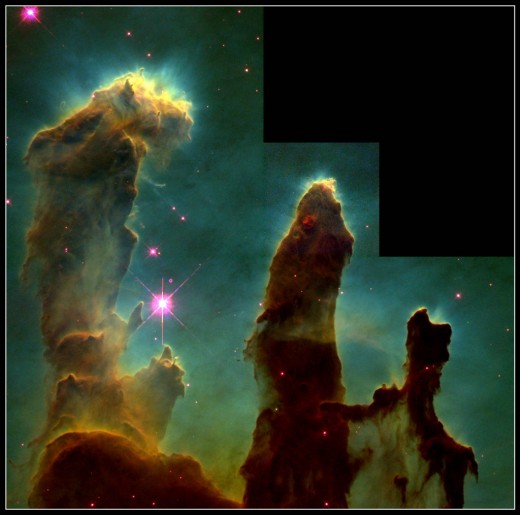
The Planet Neptune, a Blue Gas Giant
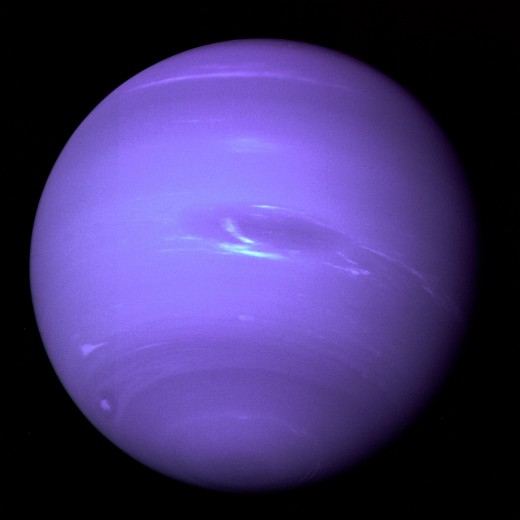
Dusty Sky Over Victoria Crater on Mars
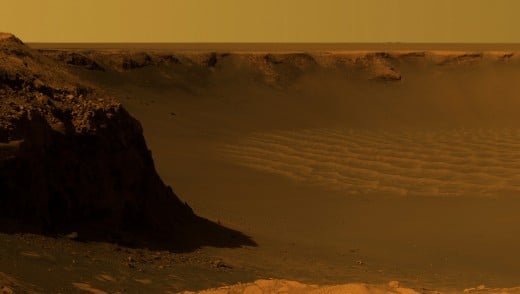
When Galaxies Collide: A Hubble Gallery
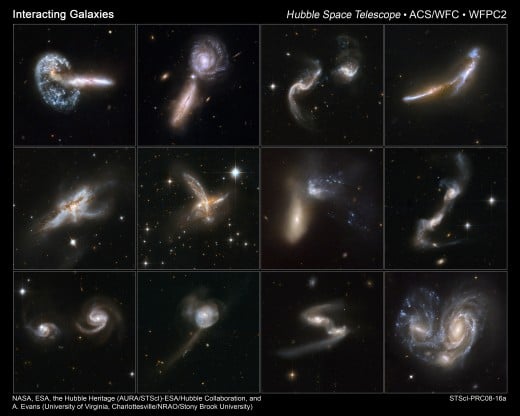
The classic "Earthrise" Photo
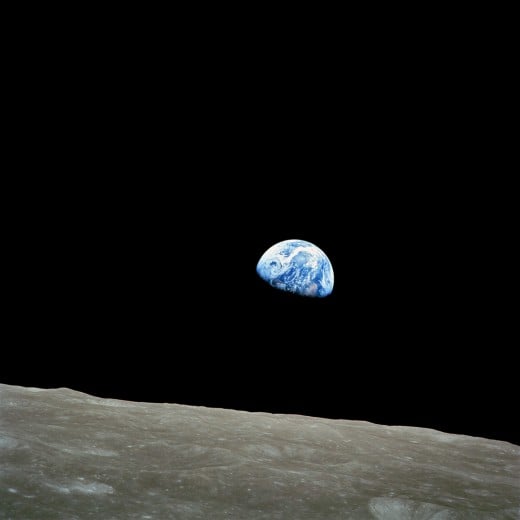
Omega Nebula, A Nursery of Stars
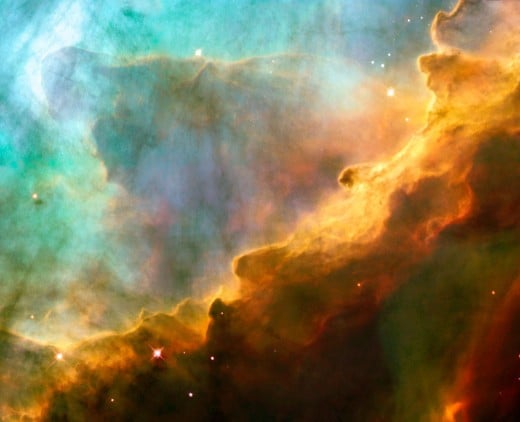
The Andromeda Galaxy, the Kid Next Door
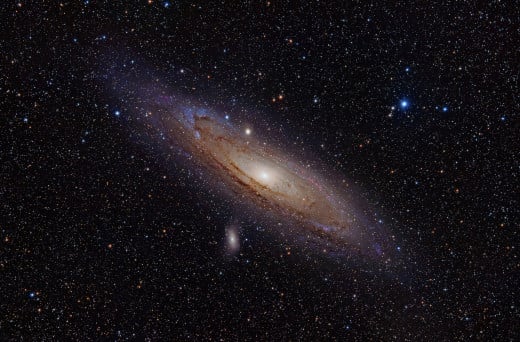
Io, Volcanic Moon of Jupiter, a Big Rotten Egg
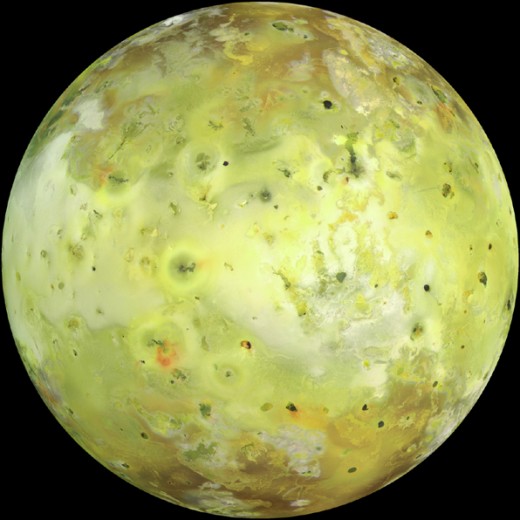
The Moon Io in Front of Jupiter's Clouds
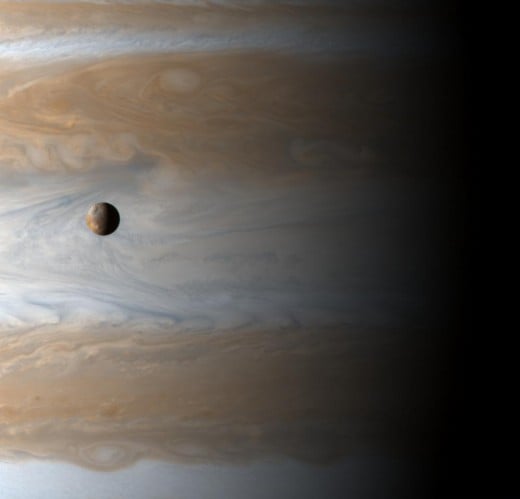
Mars Atmosphere and a Smiling Crater
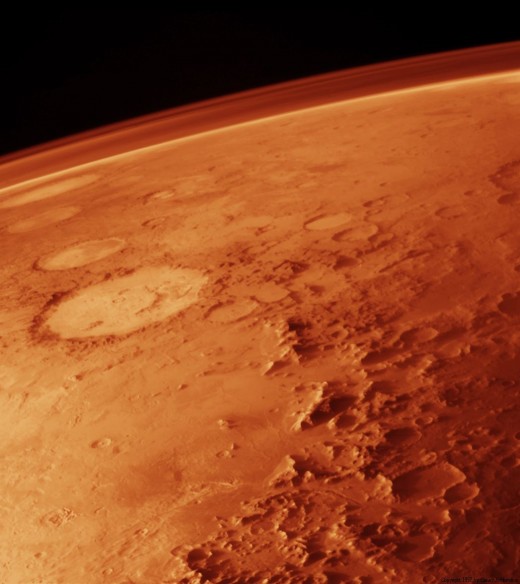
Barred Galaxy NGC 1300, Belt Buckle in Space
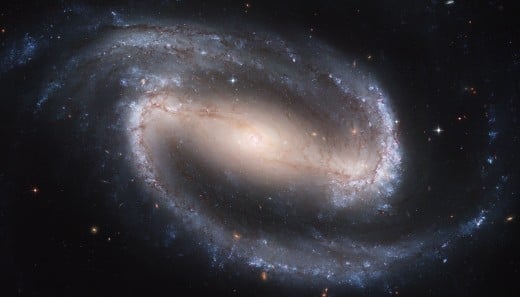
The Crab Nebula: Death Throes of a Star

Apollo 12 Landing Site Seen by Lunar Reconnaissance Orbiter in 2012
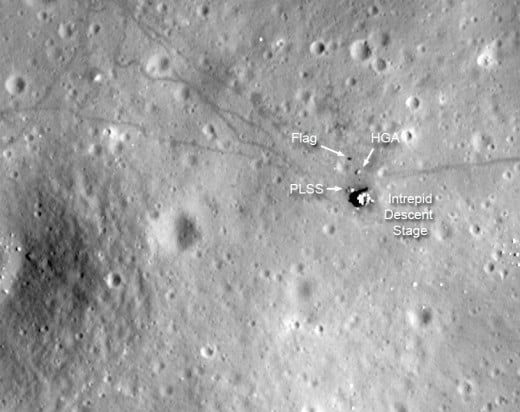
Solar System Sizes Compared
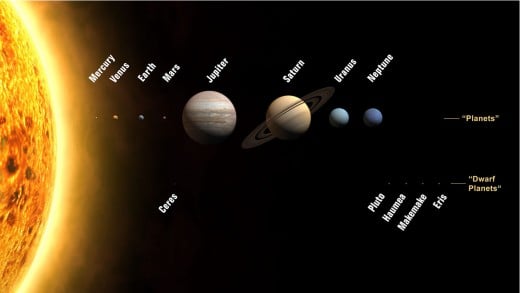
Comet Hale-Bopp
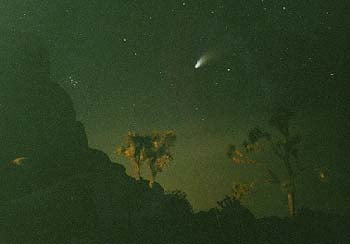
My Own (Not So Great) Photo
The gorgeous Comet Hale-Bopp was seen by almost everybody in 1997. It's very, very unusual for a comet to be so close it's visible, let alone for it to appear in the sky month after month!
I drove out to Joshua Tree National Park in the spring of 1997 to see it for myself. This isn't a great photo, but it is HARD to take astronomy photos without real equipment! I put my camera on a tripod, set the timer to keep the shutter open for 30 seconds (this was before digital cameras), and waited for about half an hour for a car to pass in the distance. The headlights cast just enough light to illuminate the Joshua Trees in front of me.
In addition to Hale-Bopp, you can dimly see the Pleiades on the left.
I scanned this with one of the earliest color scanners. At the time, this photo filled almost the entire screen of the computer I was using: a 640x480 monitor. I need to find the original photo, rescan it, and darken the background in Photoshop.
Recommended Links
- Astronomy Picture of the Day Archive
Gorgeous photos from various astronomers around the world submitted to NASA, plus NASA's own photos. Note that the submissions are copyrighted to their respective photographers, and some of them are gorgeous!




